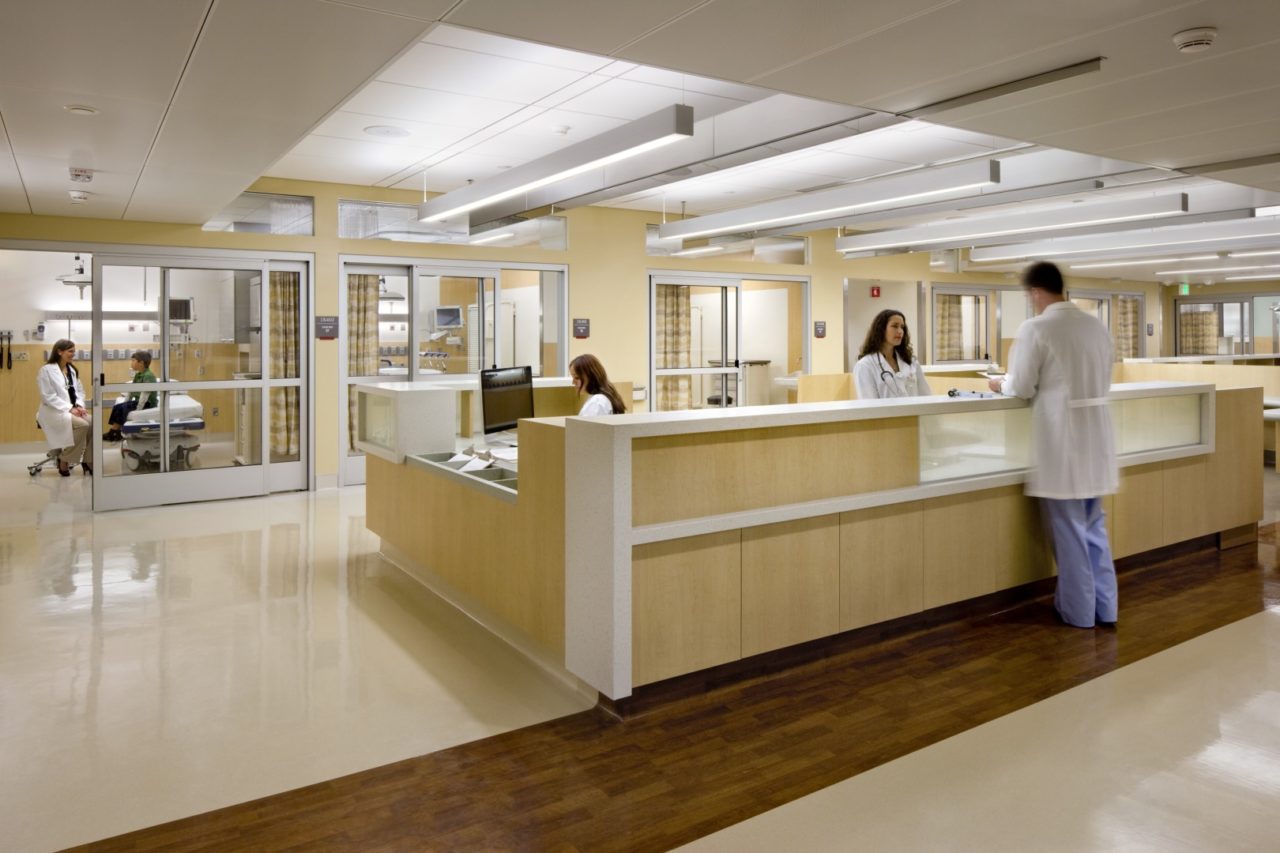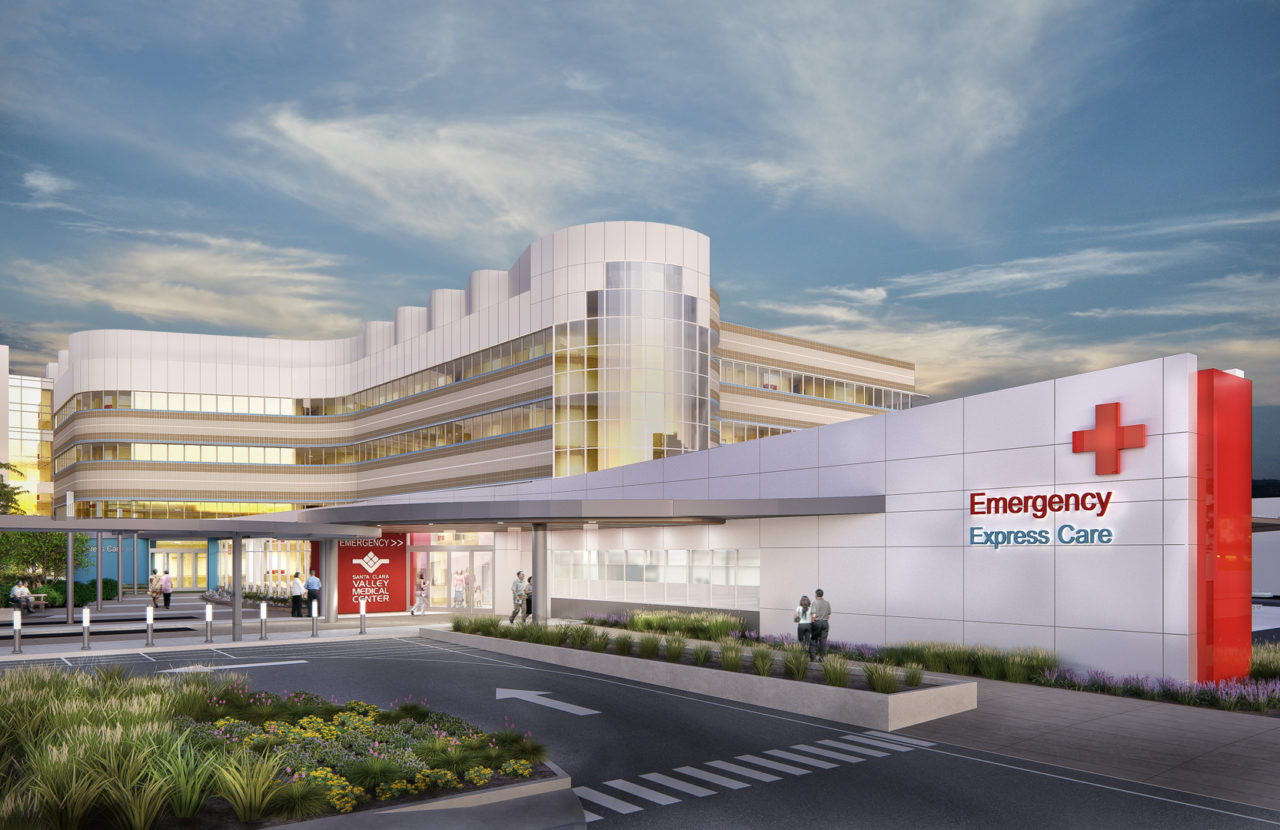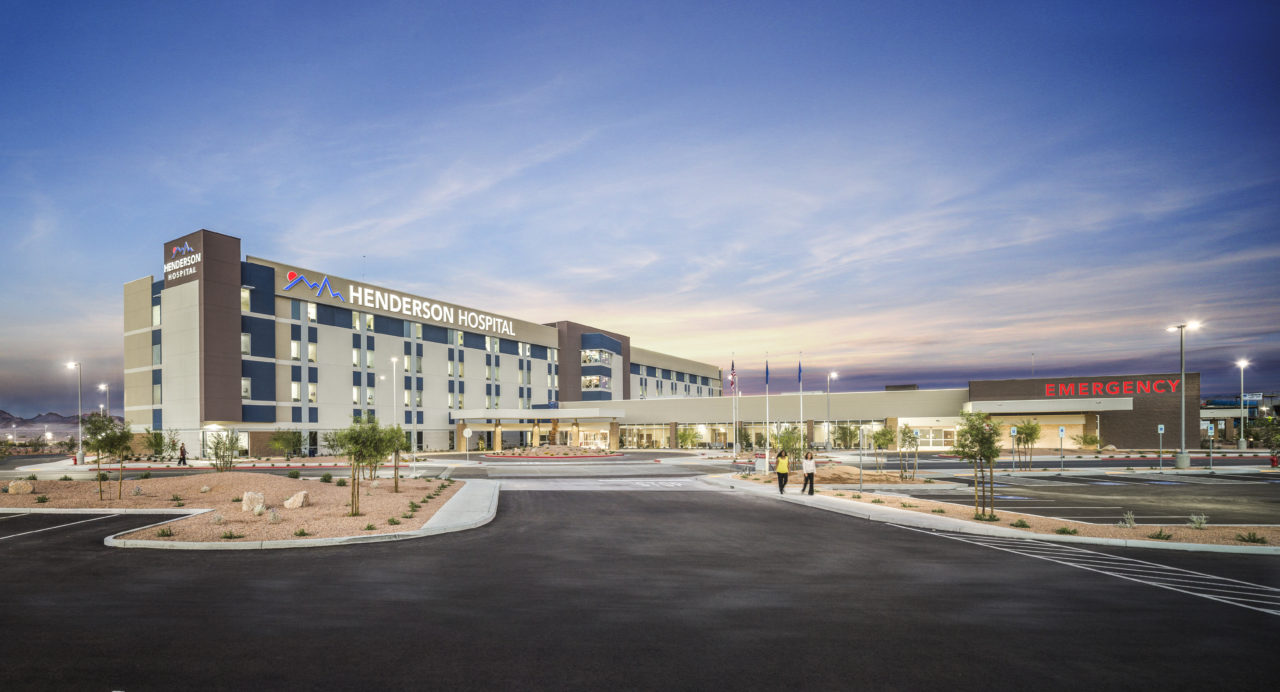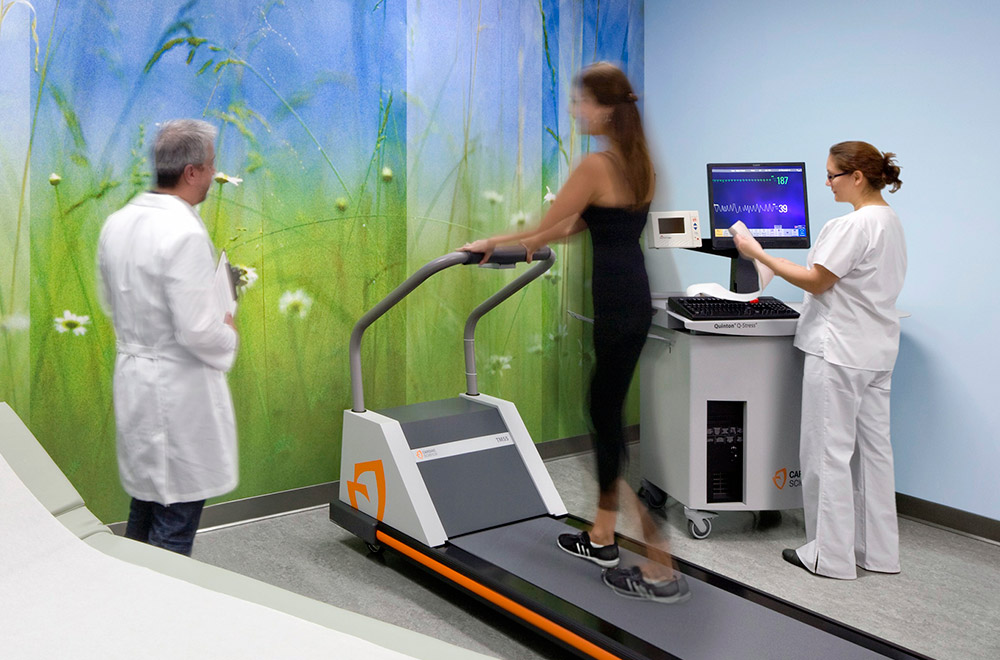Emergency rooms are busy places; they’re the first access point for patients, and they’re responsible for handling a wide variety of illnesses and levels of severity. The law requires hospitals to allow everyone emergency access, which can cause financial challenges. In many communities, the emergency room is also where patients suffering from a mental illness crisis come, but many facilities aren’t properly equipped to effectively care for them. With more patients dealing with mental health issues, many hospitals are designing for better mental health by making design changes to their emergency rooms in order to serve these patients more effectively.
Issues Affecting the Mental Health Care of Emergency Departments
Many issues challenge an emergency department’s ability to effectively care for mental health patients. While more and more patients are seeking help, there are not enough resources available, both in trained staff and funding, and hospitals are created primarily for medical care, not mental health care. This lack of resources causes a gap in care options for mental health patients, resulting in long wait times before they can be admitted or transferred, during which time they must be managed within the emergency department.
Some patients who are experiencing an extreme mental health crisis may become disruptive while waiting or being treated for medical issues, interfering with the care of other patients, or even becoming combative. This poses a safety risk to themselves, other patients, and staff members. While this is an issue that requires thoughtful treatment options, there are some design solutions that can help to address these situations.
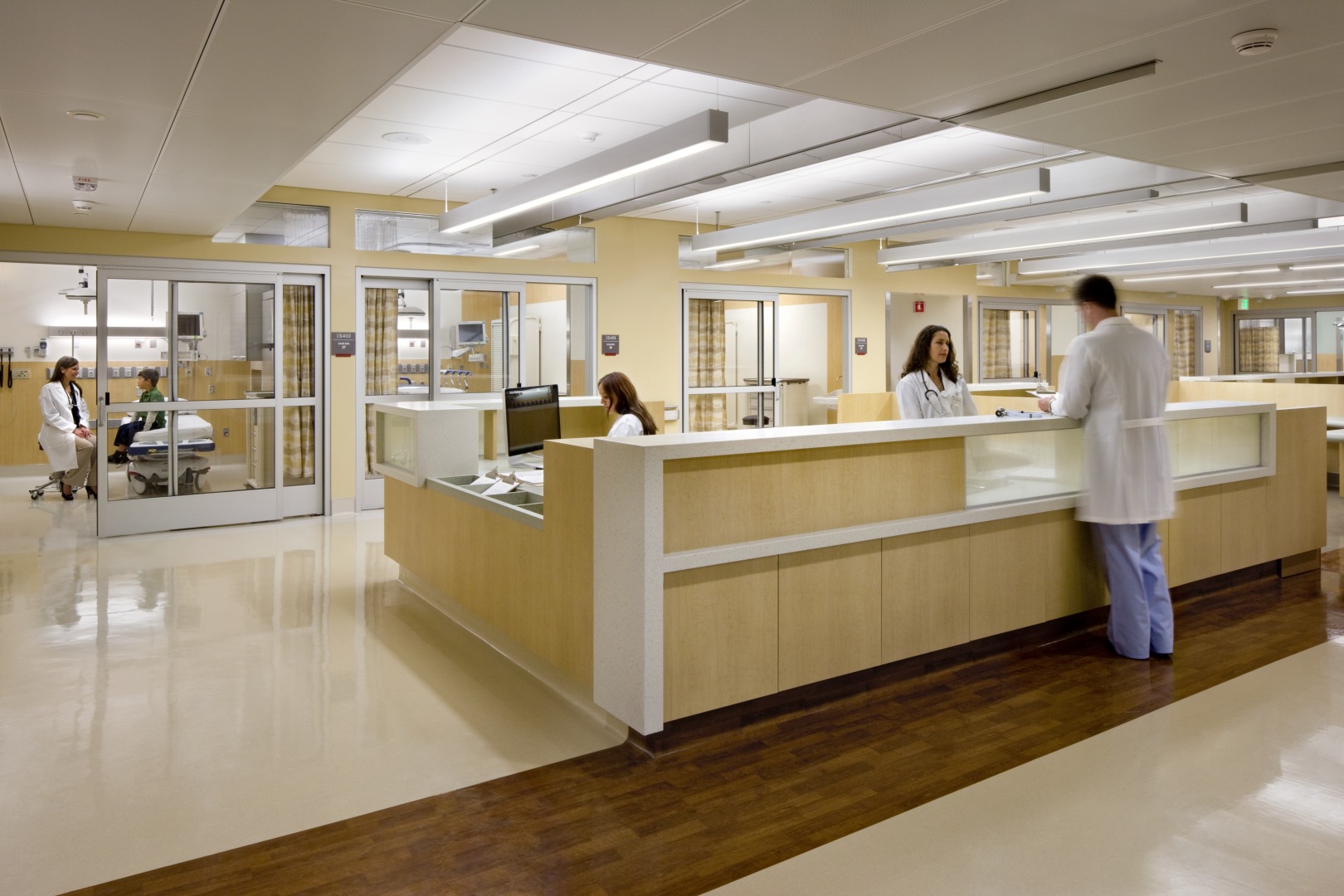
Designing for Better Mental Health
More and more hospitals are understanding that they need to tackle behavioral health problems in the emergency room through design, in order to keep up with the increase in mental health issues in our society. Some of the ways to address their unique needs are:
- Easy Check-In. This is important for all patients, but a direct line of sight from the front desk to the door allows staff to make quick decisions about the patient’s condition, and where best to direct them for the care they need.
- Psych Holding Area. It is possible to create an area in which mental health patients can stay while awaiting treatment or diversion to another facility, which is secured, contains safe spaces, and is supervised by trained personnel. Designed with anti ligature fixtures and restraints which can be used if needed, this area clears emergency waiting and treatment spaces, freeing them to be used for medical patients.
- Creating a Calming Atmosphere. With thoughtfully designed furnishings that have a variety of layouts, a waiting patient can find the type of seating option that is right for them. The shape of the room can also contribute, and making design decisions such as varying the ceiling height and being deliberate with lighting all helps to create a calming atmosphere for waiting patients.
- Rapid Assessment Space. It’s sometimes easy to just leave patients in treatment rooms, as they don’t have an appropriate space to go when they’re done being examined, but not ready to be discharged. By allocating “rapid assessment” spaces for triage upon arrival, which can also be used for post-exam interviews, the hospital can free up treatment rooms for patients needing medical care.
- Patient and Staff Safety. The safety of patients and staff is important in emergency departments and a few careful design decisions can go a long way in improving safety. Specifying heavy, secure furniture that can’t be thrown is a simple solution, but it’s also important to make sure that grab bars, door handles, faucets and other fixtures are anti-ligature, meaning that patients are unable to loop anything around them for the purpose of self-harm. Medications and sharp objects need to be locked away, and drop-tile ceilings shouldn’t be used, as the tiles can be used as weapons or patients can crawl up into the ceiling. Creating clear sight lines and installing security cameras so patients are always visible is also important for safety.
Each patient with mental health issues has unique needs and their behavior may be unpredictable. But, a well-designed emergency department can help care providers and the public stay safe and aid them in getting patients the treatment they need. Seeking design solutions is a great start, but there’s a larger systemic change that needs to happen for maximum effectiveness.
Design Versus Systematic Changes
Good design helps make emergency departments safe and effective, but ultimately administrative and lawmaking decision makers must change the entire system to better care for mental health. About 85 percent of mental health patients in the emergency department aren’t admitted, as they need psychological and not medical care. Some communities are addressing this statistic by creating dedicated mental health crisis centers, which are helping to alleviate the stress put on emergency departments.
Increasing the number of beds allocated for mental health patients in the community is also important.
A community-wide database can also help hospitals quickly find out which neighboring facilities have open beds available. Even developing more sophisticated telemedicine programs can help doctors manage mental health patients’ care remotely, reducing the time patients spend in the hospital.

Studies have shown that every dollar spent on behavioral health services saves four to six dollars on physical health care treatment. Health care facilities understand this and support changes to expand the care available for mental health patients. However, in the meantime, architects can design for better mental health care in the facilities they’re working on.
At HMC Architects, we have decades of experience in healthcare emergency department design. We build upon that experience with current research on mental health issues, and continue to work with our clients on providing the best design solutions for mental health care in emergency rooms. To learn more about these design strategies, contact HMC Architects today. To discuss how your facility can benefit from incorporating a care plan for mental health patients into your design, email Chief Practice Officer Kirk Rose directly.
